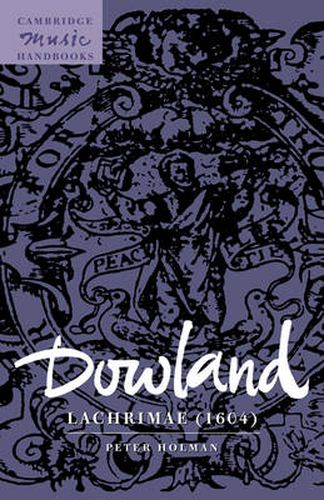Readings Newsletter
Become a Readings Member to make your shopping experience even easier.
Sign in or sign up for free!
You’re not far away from qualifying for FREE standard shipping within Australia
You’ve qualified for FREE standard shipping within Australia
The cart is loading…






Dowland’s Lachrimae (1604) is perhaps the greatest but most enigmatic publication of instrumental music from before the eighteenth century. This new handbook, the first detailed study of the collection, investigates its publication history, its instrumentation, its place in the history of Renaissance dance music, and its reception history. Two extended chapters examine the twenty-one pieces in the collection in detail, discussing the complex internal relationships between the cycle of seven ‘Lachrimae’ pavans, the relationships between them and other pieces inside and outside the collection, and possible connections between the Latin titles of the seven pavans and Elizabethan conceptions of melancholy. The extraordinarily multi-faceted nature of the collection also leads the author to illuminate questions of patronage, the ordering and format of the collection, pitch and transposition, tonality and modality, and even numerology.
$9.00 standard shipping within Australia
FREE standard shipping within Australia for orders over $100.00
Express & International shipping calculated at checkout
Dowland’s Lachrimae (1604) is perhaps the greatest but most enigmatic publication of instrumental music from before the eighteenth century. This new handbook, the first detailed study of the collection, investigates its publication history, its instrumentation, its place in the history of Renaissance dance music, and its reception history. Two extended chapters examine the twenty-one pieces in the collection in detail, discussing the complex internal relationships between the cycle of seven ‘Lachrimae’ pavans, the relationships between them and other pieces inside and outside the collection, and possible connections between the Latin titles of the seven pavans and Elizabethan conceptions of melancholy. The extraordinarily multi-faceted nature of the collection also leads the author to illuminate questions of patronage, the ordering and format of the collection, pitch and transposition, tonality and modality, and even numerology.